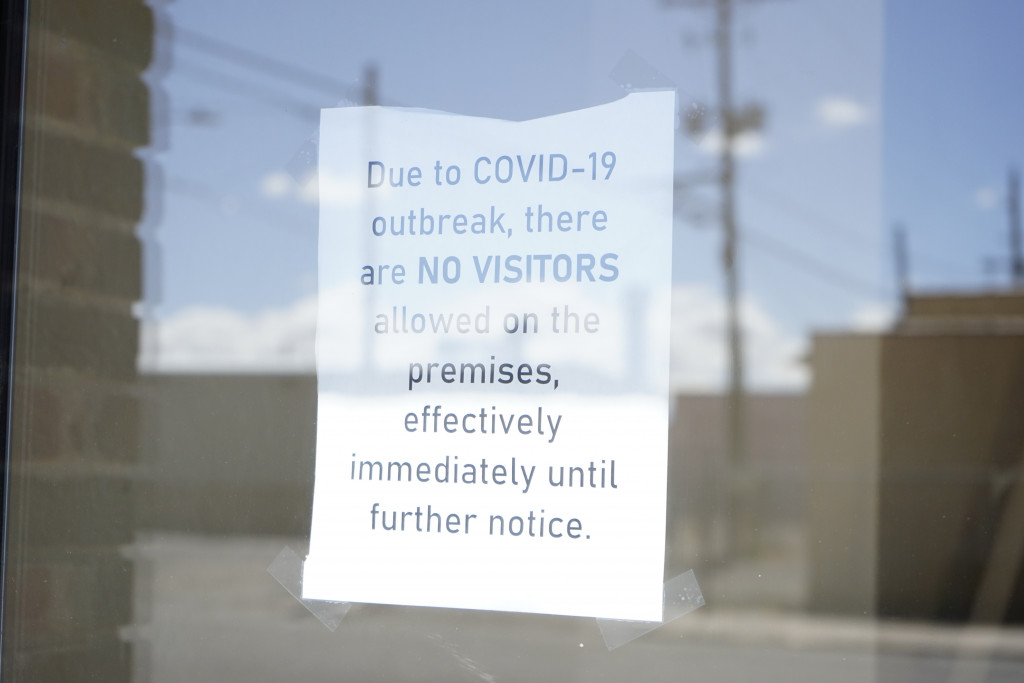Public health measures save communities

SAN LUIS VALLEY - When it comes to people getting sick, treating an illness at the individual level takes a different approach to preventing disease at the population level. It’s easy to see how a medication or treatment can help you or a family member get better if you are sick. It can be harder to understand how an action you might take or decide not to take will impact your community. This is the difference between direct patient care, what you get when you go to the doctor or ER, and public health measures, when you are asked to take an action (or not take an action) to help prevent others in your community from getting sick.
One of those measures people are asked to take when sick with a communicable disease, such as the flu, tuberculosis, or COVID-19, is to isolate themselves from others. Isolation is one of the tools public health recommends during an epidemic or pandemic to mitigate the spread of an illness to others in the community. Isolation means avoiding contact with any other person, including family members as much as possible, for a specified period of time until the illness has passed and the person can no longer pass it along to others.
Another measure is quarantine, often confused with isolation, which is when a person is not sick but has been exposed to an illness by being in close contact with that person, usually an infected family member. Quarantine ensures that just in case you catch the illness, you do not pass it along to others before you are aware you are sick. When you are advised to quarantine, you must avoid contact with others for a certain amount of time until you are sure you don’t have the illness or until you get sick and then need to be isolated. The action is the same as isolation.
When done properly and conscientiously, these actions, along with others recommended by public health, are effective in preventing further disease spread among a community or population. They are standard practices that have been used throughout history to control the spread of diseases such as influenza, diphtheria, and polio. They not only help save individual lives, they also support the wellbeing of communities, nations, and countries around the globe.
These measures require the cooperation of each individual in the community in order for them to work. Fortunately, when it comes to preventing disease spread, one individual’s actions CAN make a difference. You can be a part of breaking the chain by proactively taking part in simple disease control measures such as mask-wearing in public places, washing your hands frequently, and staying away from others when you feel sick or have been exposed to others who are sick.
There were 305 known active cases of COVID-19 in the SLV as of Thursday.
Alamosa County - 128
Conejos County - 40
Costilla County - 10
Mineral County - 3
Rio Grande County - 111
Saguache County - 13
For information on where to find proctored testing sites and vaccinations in the SLV, see www.slvphp.com or call 719-480-8719.
If you are feeling stress related to COVID-19, the Colorado Spirit Crisis Counseling Program can help. Services include individual and group counseling, stress management, community education, and resources and referral. Call (719) 480-2650 for more information.



